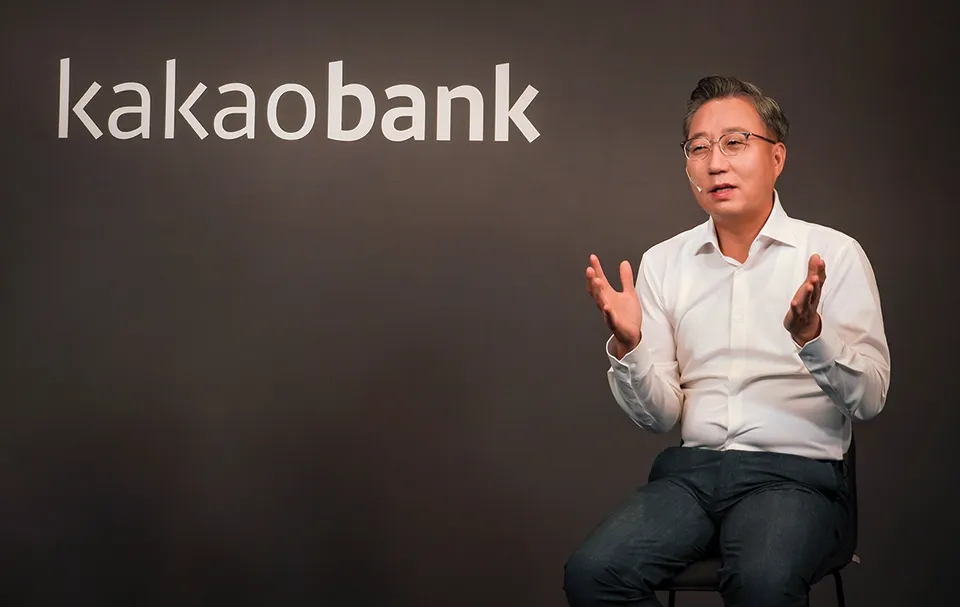KakaoBank

Korea

Awards for Excellence

Asia’s best digital bank 2023: Kakaobank

Awards for Excellence

Asia’s best digital bank 2022: KakaoBank

Awards for Excellence


